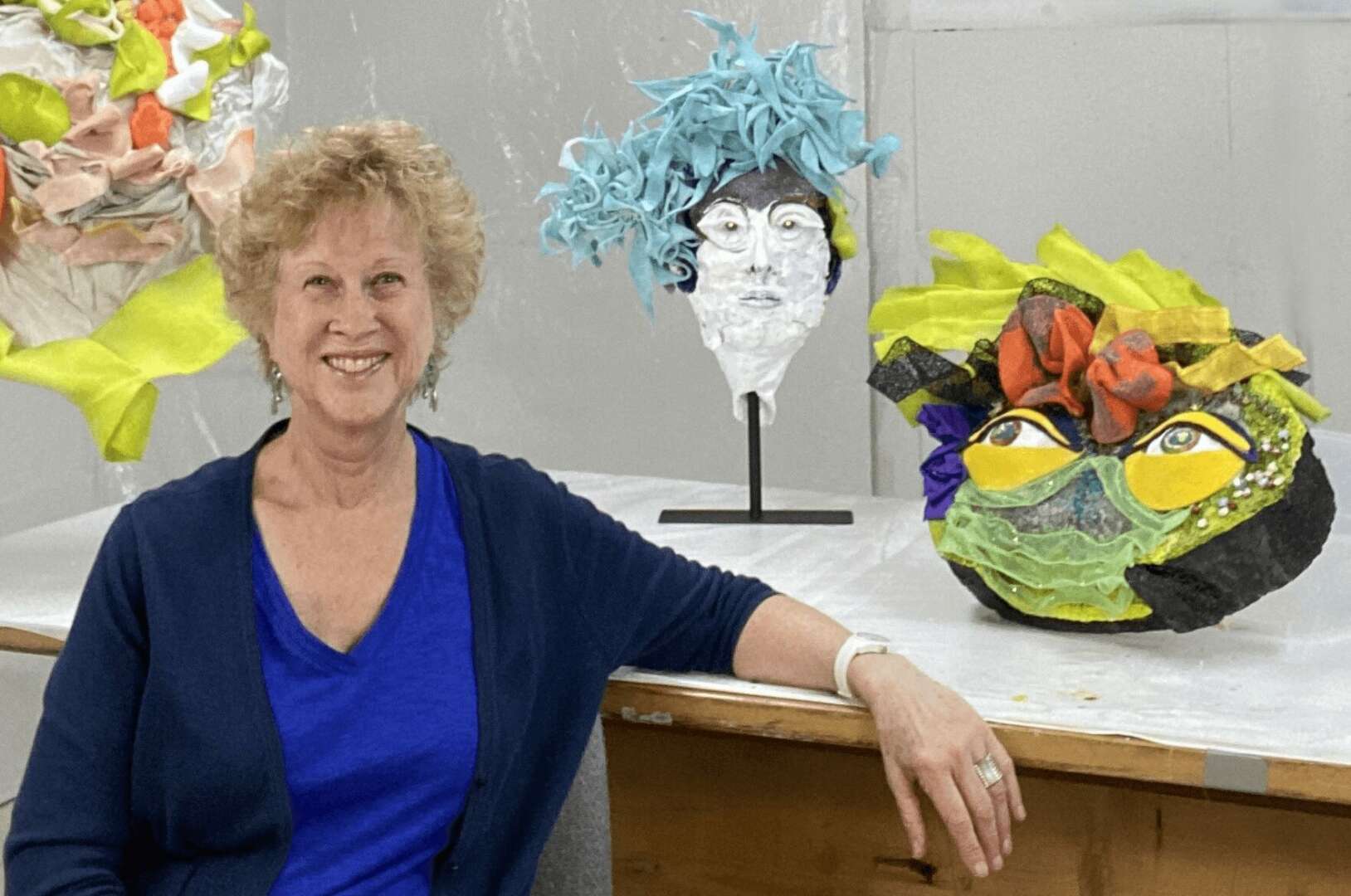We caught up with the brilliant and insightful Sylvia Vander Sluis a few weeks ago and have shared our conversation below.
Sylvia, thanks for joining us, excited to have you contributing your stories and insights. Can you talk to us about how you learned to do what you do?
I have always had a strong drive to create, and that drive was supported by my parents. As the daughter of a professor of art and a musician, I grew up in a household where learning, self-expression, and achievement were valued. As a young person, I learned drawing and painting skills through practice and classes my father taught during the summer.
We are all products of our time. I earned my BFA and MFA in the ’60s and ’70s, a time of upheaval in society and in the art world – there was a loosening up of boundaries between painting and sculpture. My work crossed disciplines early on; though trained as a painter, I also explored papermaking, fabric art, and sculpture. More than anything else, the work has been influenced by my love of experimentation and curiosity about materials.
I had a long career in the business world as a corporate training manager and consultant on business process improvement. Although my business career was very fulfilling, I missed talking with other people who spoke my language. I always did artwork on my own time during this career (I built a great studio in my house), but it was not until I retired from corporate life that I was able to take a number of steps that significantly impacted my practice.
First, I joined Fountain Street, a cooperative gallery in Boston. This meant having a two-person exhibit every two years, a job supporting the organization, and gallery-sitting responsibilities. For the last seven years, I’ve regularly shown my work at Fountain Street, as well as other venues, and gained an artist community. Supporting other artists is important, not only because opportunities are often gained through relationships, but it is fulfilling and becomes an ongoing learning experience. I also got insight about the business and operational side of the gallery scene.
Through my former business career, I had discovered all kinds of other skills I had – in leadership, communication, and organization, for example. These all helped me in the next phase of my life as I contributed to the gallery. Gaining recognition takes more than producing good work. There are several key assets you need to create, and continually update, to be visible and establish a professional profile. These include a website, artist statement, high-quality photos, CV, and social media accounts.
Second, during the last four years, I have participated in CritLab, a critique group. One of my strongest motivations to join was my desire to have more meaningful conversations with other artists. I’ve improved my ability to see and put what I see into words. I’ve come to appreciate diverse types of work through disciplined and in-depth conversations. I have also learned about other people who are in my artist family and have gotten intellectual stimulation from the topics we touch on. This ongoing discussion group has become part of my practice, and I look forward to growing more with it.
Third was gaining much more time to focus on my studio. For ten years after I left my corporate job, I was a caregiver for my husband at home. Although this was a significant responsibility, I no longer had the pressure of a regular job and had more time for my practice. Since his death last year, I have moved and established a new, even larger, work space. My studio light kit enables me to photograph my work with my iPhone, freeing me to document progress anytime I want and saving considerable expense. The quiet and relaxed hours in my studio each day are a real joy.
Fountain Street closed this year, so I am seeking membership in another cooperative gallery. I have learned that having a community of other artists, who often become friends, is important to my practice and my life.
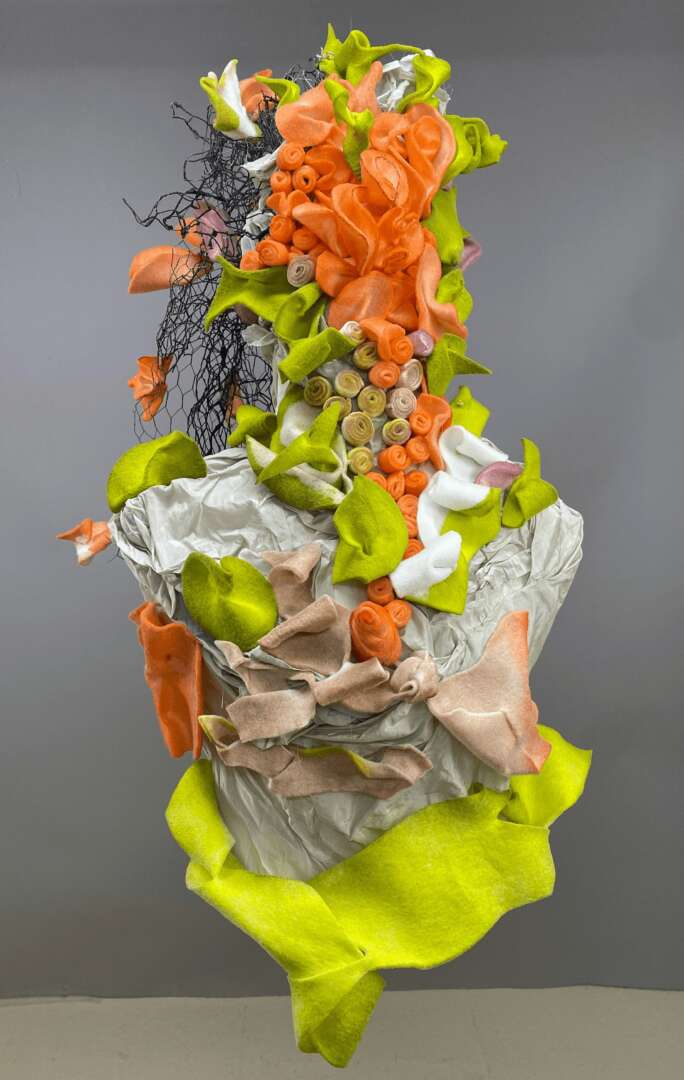
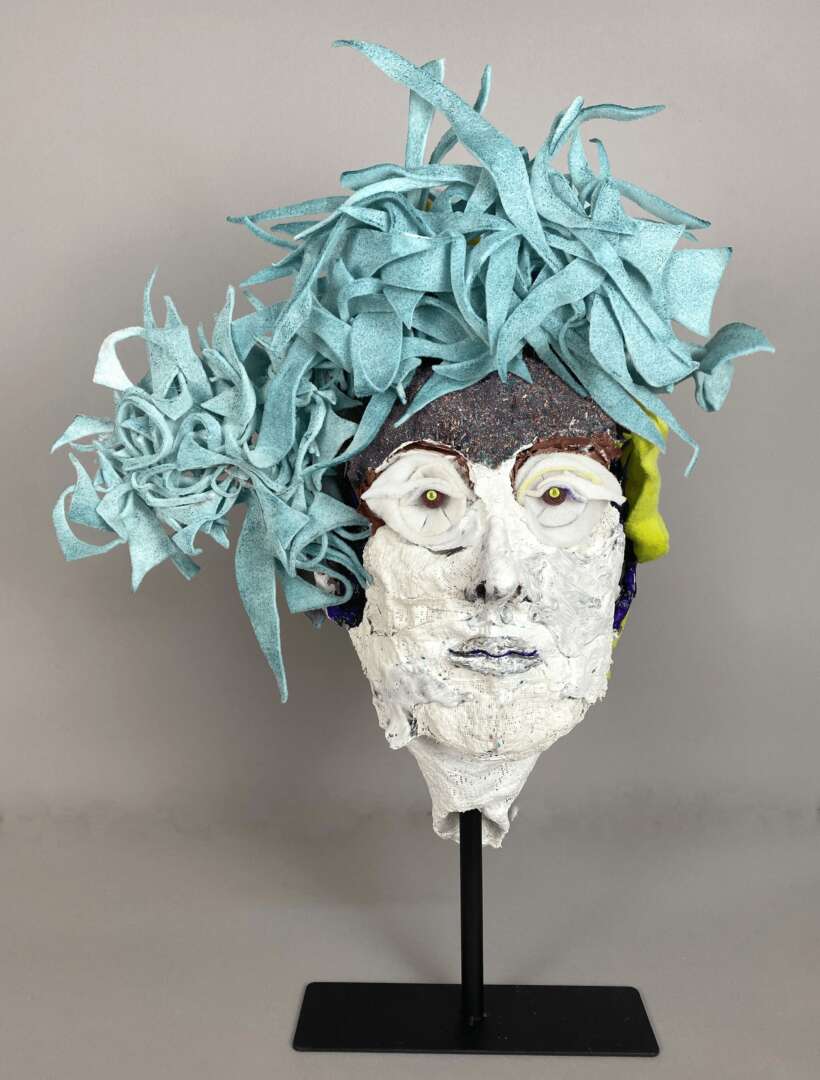
Awesome – so before we get into the rest of our questions, can you briefly introduce yourself to our readers.
My sculptural practice concerns the construction and deconstruction of relationships, home, and identity. At the core of my practice is a love of experimentation and curiosity about materials. In recent years, I have created installations and collaborated with a sound artist to incorporate personal narratives using my voice. I have been a member of a cooperative gallery in Boston for the last several years. Although I have done commissions, I am more interested in gaining curatorial interest that will lead to shows. I want my work to be part of a larger conversation.
My background includes a BFA and MFA in painting and a career as a corporate training manager and business process improvement consultant. I am fortunate to have the aptitude to succeed in both worlds; the skills I developed in my corporate career have helped me in my art practice and provided financial stability.
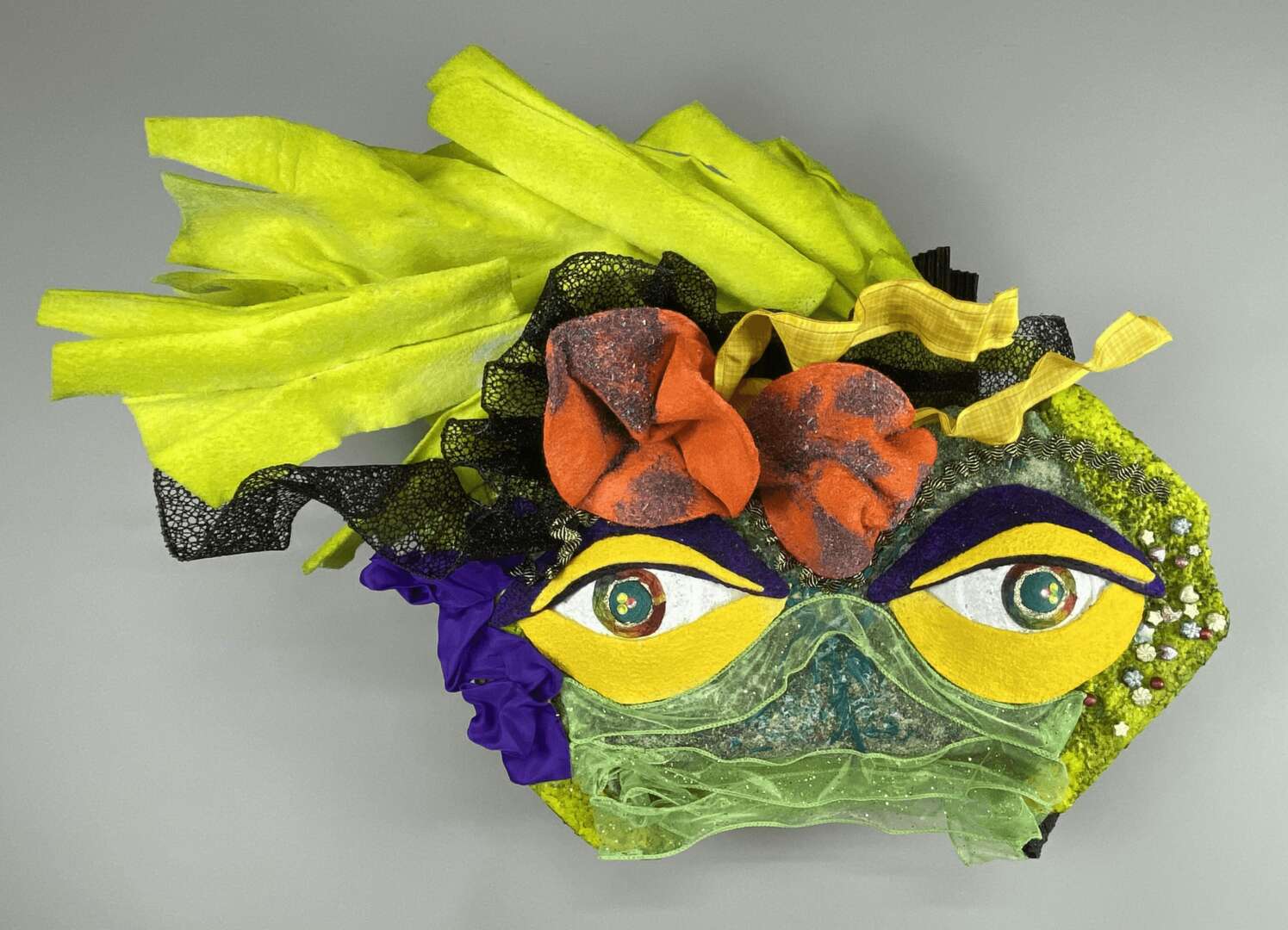
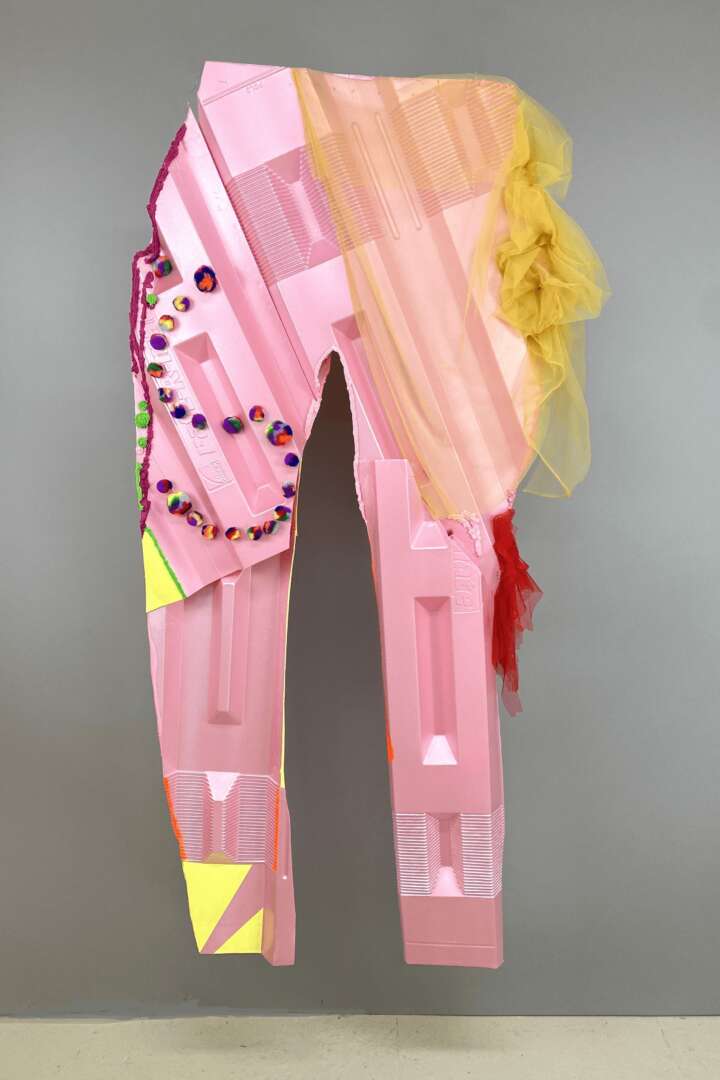
Is there a particular goal or mission driving your creative journey?
To continually develop new forms of expression and intellectual inquiry through my art practice. The core principles for my practice include:
Responding to the impulse to play with materials
Creating without judgment
Letting the process and materials lead me without having a known outcome
Using unplanned events as opportunities
Paying attention to what concepts emerge in the work
Maintaining faith in the process
I also seek deeper conversations with people on what it means to be human and what it means to be an artist.
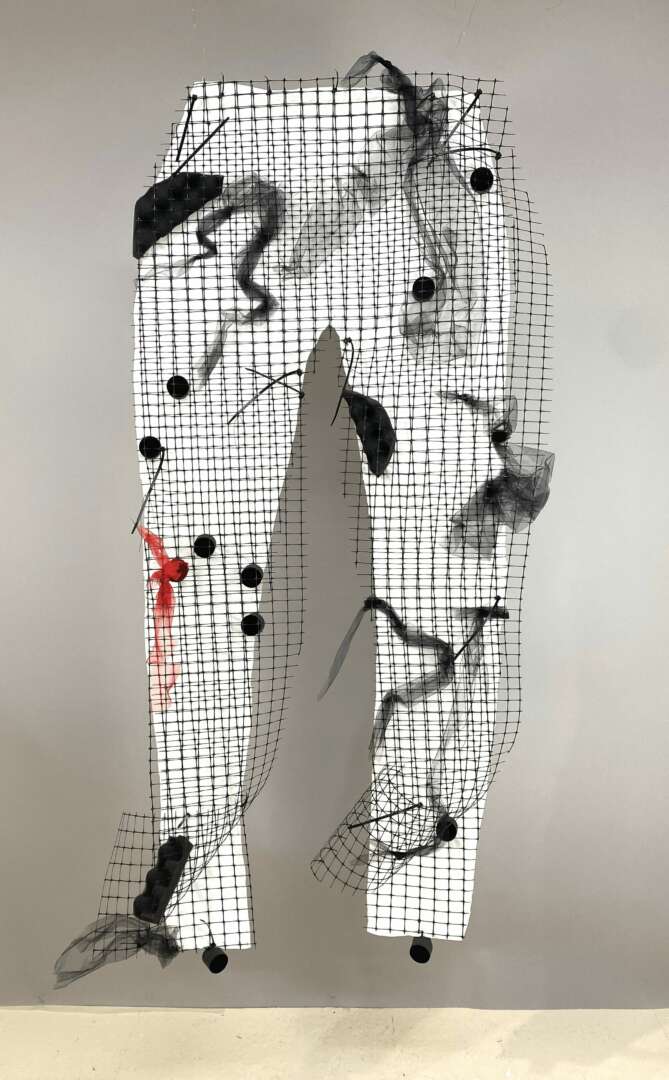

For you, what’s the most rewarding aspect of being a creative?
To be able to satisfy my passion to express myself freely and work to my own agenda. To face each day with an open-ended opportunity to create new life.
Contact Info:
- Website: https://www.sylviavandersluis.com
- Instagram: @sylviavsart
- Facebook: sylvia.vandersluis.3
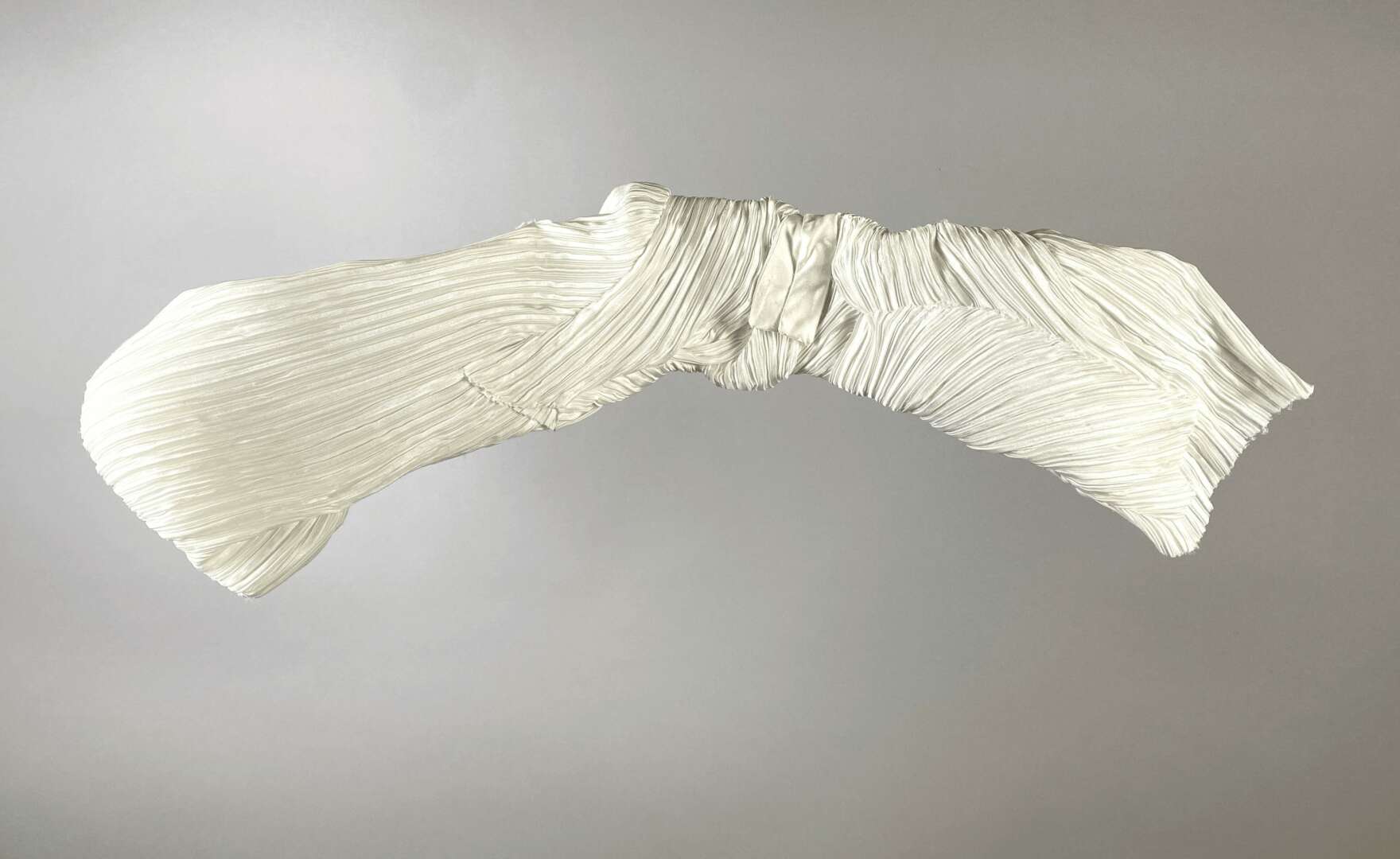
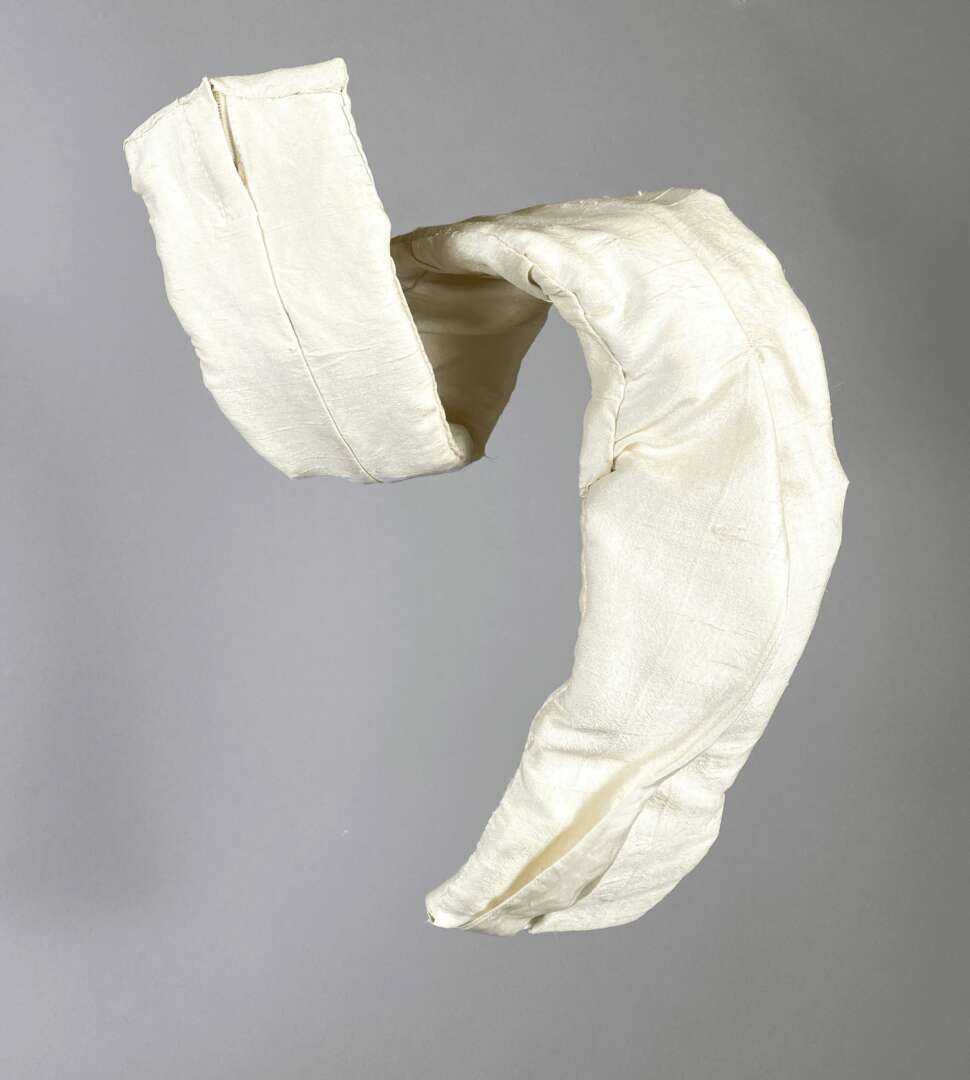
Image Credits
All photos taken by the artist


